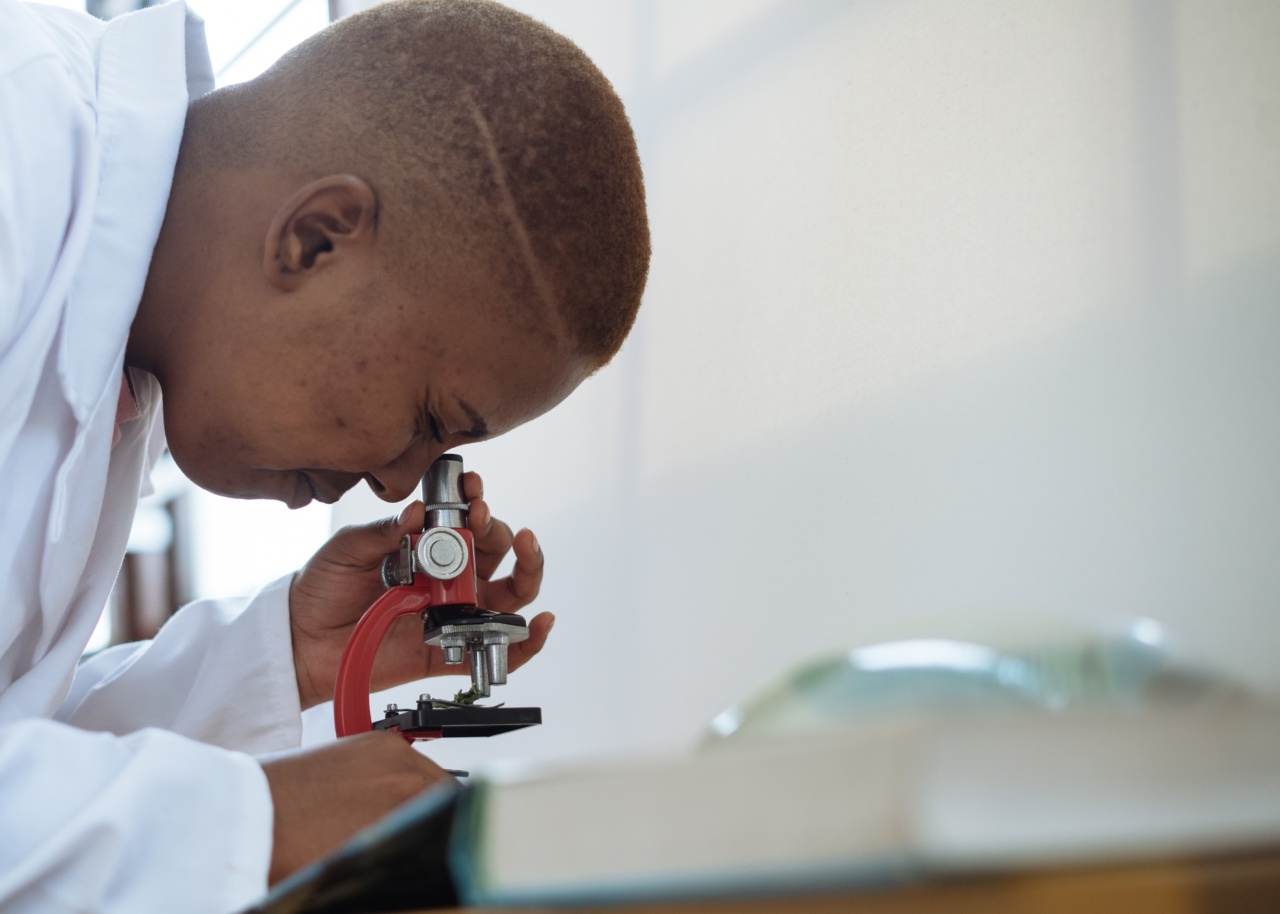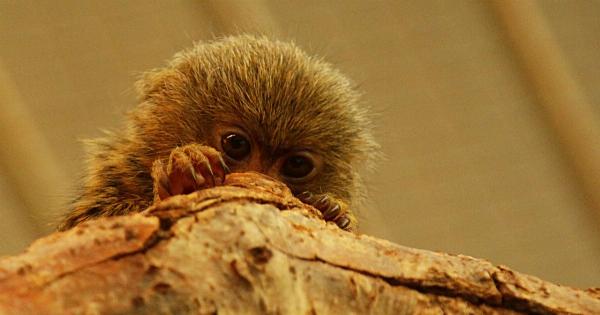Scientific studies are commonly associated with rationality, objectivity, and the pursuit of knowledge. However, an intriguing and often overlooked aspect of scientific research is its connection to the world of eroticism.
While this may seem surprising at first, the relationship between science and human sexuality has a rich and captivating history. As we delve into this exploration, we will uncover how sexual themes have influenced various fields of scientific study and how this unique perspective adds depth to our understanding of human behavior and biology.
The Interplay of Science and Sexual Desire
One cannot escape the inherent connection between scientific studies and the exploration of human desires, including those of a sexual nature.
Anthropologists, psychologists, and sociologists have long scrutinized the intricate workings of human sexuality. By studying sexual behavior, scientists gain insights into the biological processes, psychological influences, and sociocultural factors that shape our sexuality.
Understanding the erotic dimension of scientific studies provides a wealth of information about the intricacies of human behavior, relationships, and the human body itself.
It allows us to investigate an essential facet of our existence that profoundly impacts our lives.
Sexual Motivation: Insights from Psychology
Psychologists, in particular, have delved deep into the forbidden territory of eroticism. Sexual motivation, desire, and attraction have been extensively studied to unravel the complex dynamics that drive human behavior.
By examining the interplay between the mind and sexuality, psychologists uncover the motivations behind sexual desires and fantasies.
Intriguing studies have explored the wide spectrum of human sexual preferences, shedding light on various aspects such as fetishism, sexual orientation, and paraphilias.
Such research informs us about the intricate connection between our psychology, physiology, and sexual proclivities, enabling a deeper understanding of human diversity and identity.
The Science of Seduction: Biology and Attraction
At the biological level, scientific studies have sought to demystify the processes that underlie attractiveness and sexual attraction.
Evolutionary biologists have delved into the intricate dance of pheromones, genetics, and physical traits that influence mate selection.
Through evolutionary psychology, scientists explore how natural selection shaped our mating behaviors and the criteria we use to evaluate potential partners.
Moreover, countless studies have investigated the role of hormones, neurobiology, and genetics in determining elements of sexual attraction.
Uncovering the Taboo: Sexuality in Medicine
The erotic side of scientific studies extends even to the realm of medicine. Sexual health and reproductive medicine are essential branches of scientific research, focusing on the physical, psychological, and physiological aspects of human sexuality.
Laying bare the intricacies of sexual health allows medical professionals to develop effective treatments for issues such as erectile dysfunction, infertility, and sexually transmitted infections.
Furthermore, research in sexual medicine challenges societal taboos surrounding sexuality, ensuring that individuals receive appropriate care without judgment or discrimination.
By examining sexual health from a scientific perspective, researchers can help remove the stigmas that often surround discussions of sexual issues.
The Intersection of Art and Science: Eroticism in Visual Representations
Throughout history, art has served as a medium through which humans express their desires, fantasies, and sensuality. The world of scientific studies has been no exception.
Visual representations, such as anatomical drawings and scientific illustrations, often carry an unavoidable erotic subtext.
Artists and illustrators have grappled with the challenge of depicting the human form and its intimate processes in a way that transcends scientific accuracy.
In doing so, they introduce an element of sensuality that can evoke various emotions in the viewer. The interplay between beauty, eroticism, and scientific precision enriches our understanding of the human body as a work of art in its own right.
Breaking Boundaries: Sexuality in Social Sciences
Social sciences explore topics that are intimately linked with sexuality. Anthropologists, for example, often study cultural practices surrounding courtship rituals, marriage, and sexuality.
By examining the diversity of human sexual practices and beliefs across societies, researchers shed light on the multilayered tapestry of human expression.
Sociologists, on the other hand, scrutinize the impact of societal norms and values on sexual behavior.
They explore how social constructs, including gender roles, societal expectations, and power dynamics, shape our understanding and experiences of sexuality. Combining the perspectives of social sciences and human sexuality opens up a new realm of knowledge regarding human relationships and societal structures.
Questioning Gender and Sexuality: Feminist and LGBTQ+ Perspectives
The erotic side of scientific studies has also fueled the exploration of gender and sexuality through feminist and LGBTQ+ lenses.
These perspectives help uncover biases and assumptions within scientific research, encouraging a more inclusive and holistic understanding of human experience.
Feminist scholars have critically examined how scientific studies historically disregarded or misrepresented women’s sexuality.
By shedding light on these biases, feminist researchers advocate for a more nuanced understanding of sexual experiences across genders. Similarly, LGBTQ+ scholars challenge essentialist notions of sexuality and gender, pushing for scientific research that respects and reflects the rich diversity of human identities.
Provoking Thought: The Power of Erotic Research
While the connection between scientific studies and eroticism may raise eyebrows, it undeniably adds depth, richness, and a human touch to our understanding of the world.
Delving into the erotic side of scientific research invites us to challenge societal taboos, explore the diverse tapestry of human sexuality, and question the assumptions that shape our understanding of ourselves and others.
The interdisciplinary interplay between scientific studies and the erotic realm opens doors to a more holistic, inclusive, and human-centered approach to research.
It encourages us to embrace our sexualities as integral aspects of our identities and paves the way toward greater acceptance, knowledge, and appreciation of the fascinating complexities of human behavior and biology.






























